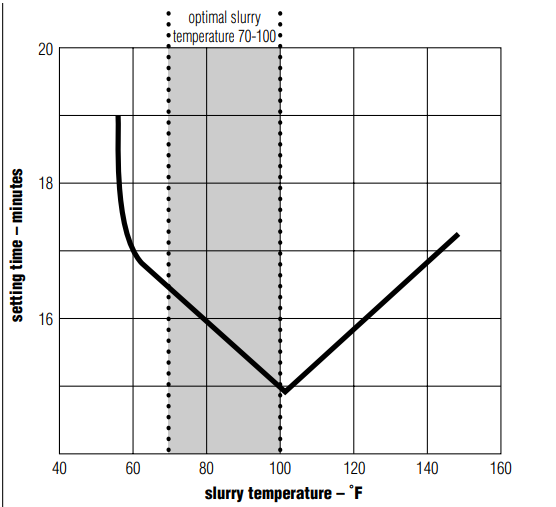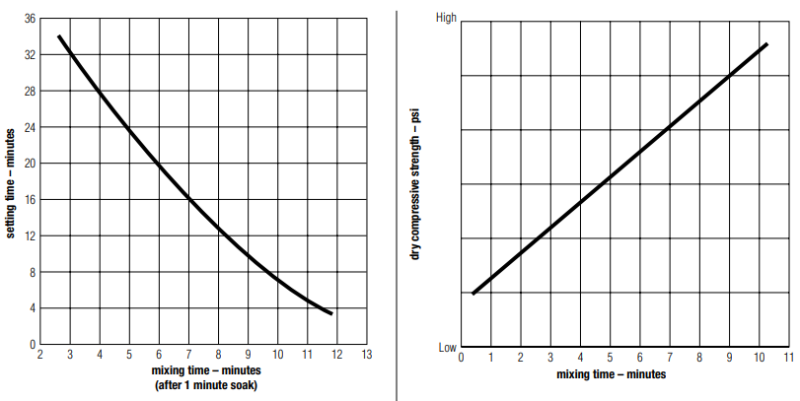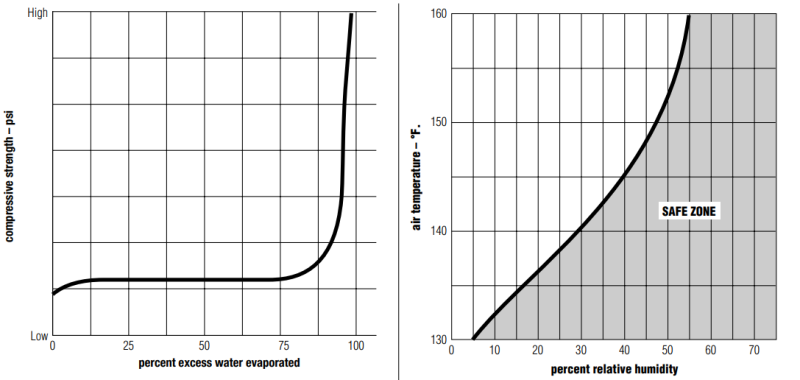Enhanced TDS
Identification & Functionality
- Chemical Name
- Supplied By
- Industrial Additives Functions
- CAS No.
- 26499-65-0
- EC No.
- 607-950-0
- Technologies
- Product Families
Features & Benefits
- Industrial Additives Features
Applications & Uses
- Markets
- Applications
- Segments
- Applications
- Applicable Processes
- Industrial Additives End Use
- Recommended Applications
- Hard and strong with high water absorption resistance.
- Works well in plaster and most flexible molding compounds.
- Used in high-quality art novelty and statuary castings.
- Extremely fine detail duplication.
- Low viscosity slurry for filling multiple molds at one time.
- General Directions and Guidelines
Preparing the Mix: Use potable water at temperatures between 70 and 100 °F (21 and 38 °C). Since variations in slurry (HYDRO-STONE® Gypsum
Cement and water mixture) temperature produce variations in setting time, it is important to keep both HYDRO-STONE Gypsum
Cement and water in a stable temperature environment prior to use. The higher the temperature of the slurry, the shorter the
set time. See the graph below.
Measuring: Weigh both HYDRO-STONE Gypsum Cement and water at the recommended use consistency for each mix (see technical properties above). The water-to-HYDRO-STONE Gypsum Cement ratio is critical because it governs all physical properties of the final cast piece.
Soaking: Sift or strew HYDRO-STONE Gypsum Cement into water slowly and evenly. Do not drop handfuls of HYDRO-STONE Gypsum Cement directly into the water. Allow soaking for 1-2 minutes. HYDRO-STONE Gypsum Cement should be fully dispersed in the water prior to mixing. Small batches require less soaking than large batches. See bulletin IG503 for specific soaking instructions.
Mixing: Properly mixing HYDRO-STONE Gypsum Cement is the most important step to producing casts with maximum strength, hardness, and other important properties. Unlike other plasters and gypsum cements, HYDRO-STONE Gypsum Cement cannot be mixed by hand and must be mixed mechanically. Additionally, HYDRO-STONE Gypsum Cement can only be mixed by a batch process, not by a continuous process mixer. See IG503 for recommendations on proper bucket size, mixing blades, and mixing speeds which are essential to mixing HYDRO-STONE Gypsum Cement properly via the mechanical/batch process.Mixing Longer (continued): mixing times result in higher cast strength and shorter setting times. The relationship between mixing time and both compressive strength and setting time is shown below.

Pouring: To prevent air entrainment and provide a uniform, smooth surface, careful pouring of the slurry is necessary. Agitation of the filled mold is a further step used to prevent air at or near the surface of the cast piece. Whenever possible, the slurry should be poured carefully in the deepest area so the slurry flows evenly across the surface of the mold. Pouring a large amount of slurry directly on the face of the mold may result in slight densification of the cast at the point where the slurry strikes the surface of the mold.
Drying: All casts should be dried as quickly as is safely possible after manufacture so that maximum physical properties can develop. Dry to a constant weight. The best drying rooms or ovens provide (1) uniform and rapid circulation (minimum of 15-30 fps) of air with no “dead spots” having little or no air movement, (2) equal temperatures throughout the entire area, and (3) provisions for exhausting a portion of the air while replacing it with fresh air. High humidity surrounding the drying room or oven inhibits the efficiency of the drying because the air pulled into the room is incapable of picking up much moisture from the cast pieces. The maximum temperature at which HYDRO-STONE Gypsum Cement casts are safe from calcination is 120 °F (49 °C). With substantial free water in the cast piece, higher drying temperatures can be used without difficulty. As drying progresses, the temperature must be reduced to prevent calcination. The safe drying zone is in the shaded area of graph (below, right). Before removing casts from the dryer, the temperature should approach that of the area around the dryer to prevent thermal shock. See IG502 for more details on proper drying.

Properties
Packaging & Availability
- Packaging Type
- Regional Availability
Storage & Handling
- Storage & Handling Information
- Keep in a dry, stable environment indoors.
- Do not stack more than 2 pallets high. Keep from drafts.
- Rotate stock.
